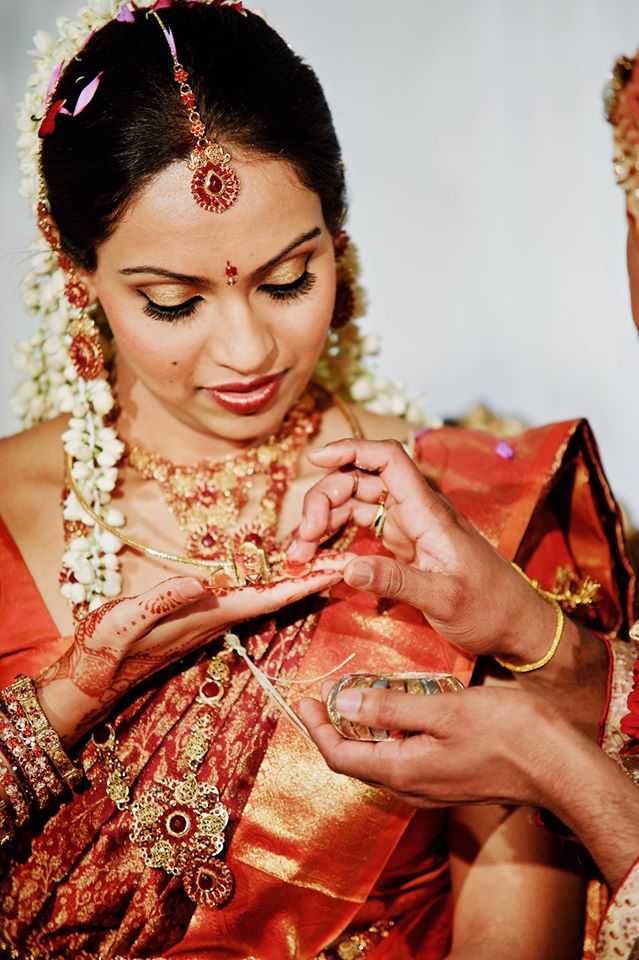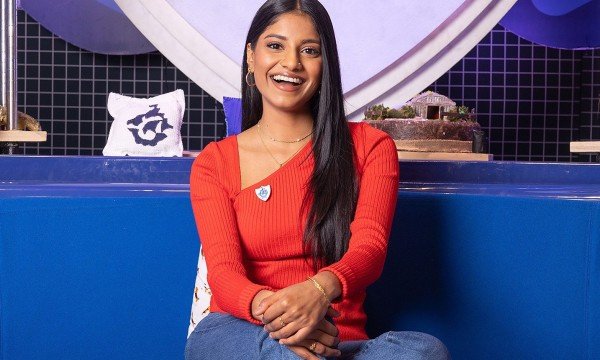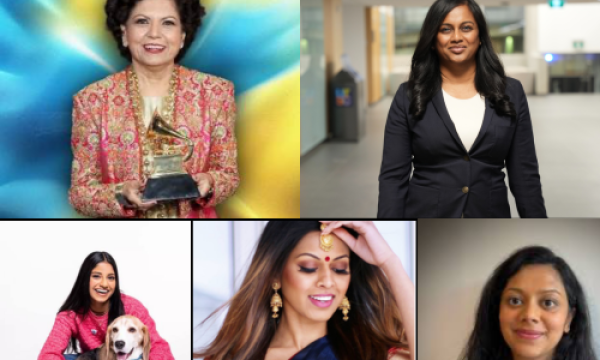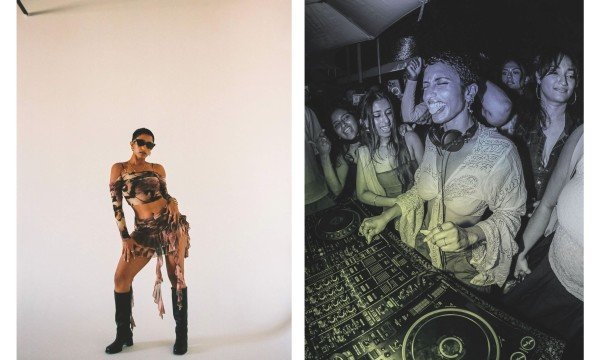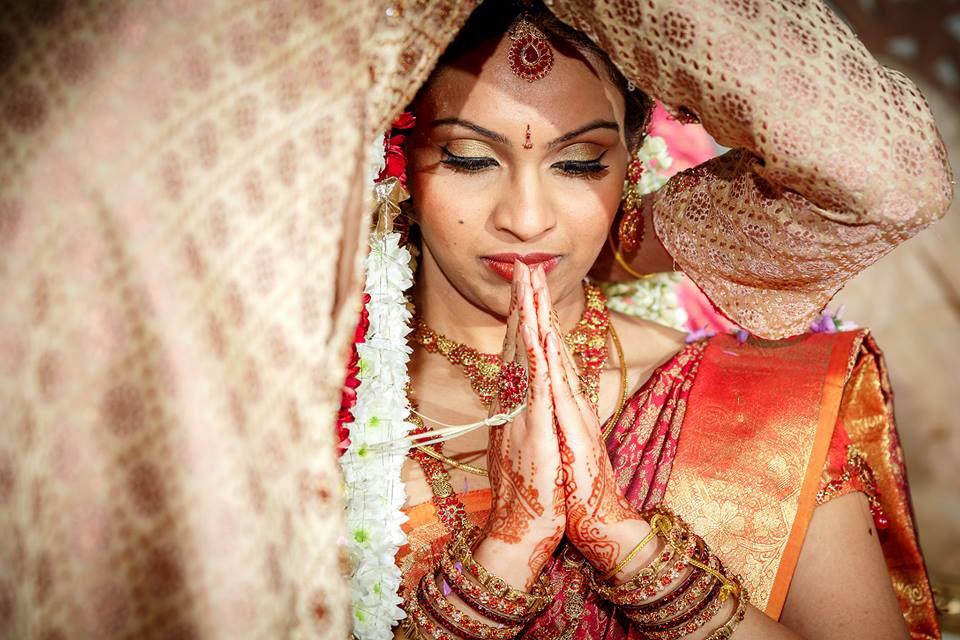
We get caught up in the aesthetics, glitz and glamour of weddings that we don’t stop to appreciate the symbolic significance of rituals, such as the ones witnessed at traditional Hindu weddings.
The Hindu wedding ceremony is enriched in traditions going back thousands of years to the time of the Vedas (holy scriptures).
According to rituals, a Tamil wedding can’t be held in the months of Aashad (July 15th to August 15th), Bhadrapad (September 15th to October 15th) and Shunya (December 15th to January 15th), as they are considered inauspicious. This is a common issue that many brides and grooms struggle with when trying to compromise between tradition, pleasing the parents and getting the venue/suppliers they desire.
There are many rituals that are followed, so I will cover some key parts of the Hindu ceremony.
Once the mapillai (groom) has arrived at the mandapan (hall) to the melodies of nathaswaram and thavil (South Indian instruments), the Ganesha pooja is conducted for the groom. All good things begin with a Ganesha pooja (preventer of obstacles), so that the ceremony can proceed without any hindrance. Once the bride arrives she performs the same sanctifying rituals whilst seated to the right side of the groom.
Kannika Thanam (giving away of the bride) which is often the most emotional part of the ceremony, where the parents agree to hand-over the bride from their family to the grooms family and the groom vows to love, honour and cherish the bride. Speaking from personal experience, this was certainly the most moving part of the ceremony, when it all felt real and it dawned on me that I was actually getting married!
Something that is common in all Hindu weddings is the tying of the thali/mangal sutra, which is an important part of the wedding ceremony, similar to the exchange of rings in western culture. This act ties you as husband and wife. Sri Lankan Tamils generally use a gold chain but in South India it is made from gold thread, three feet long and dipped in turmeric. Three knots are tied to symbolise mind, spirit and body. After the thali has been tied, the bride sits to the left of the groom to depict the position of matrimony as Lord Shiva and Parvati are portrayed.
Walking around the sacred fire three times is called pradakshinam, where a metti (toe ring) is applied to each second toe on the grinding stone, which symbolises chastity (sexual behaviour of man and woman seen as acceptable) as the solid foundation of their married life.
On the third round the couple play a game to see who can find the ring from a pot of yellow coloured water, which is often the talking point during and after the ceremony. This symbolises compromise, an old wife’s tale believe it to predict the gender of the first baby, depending on who wins out of the three rounds.
The ceremony finishes with asirvadam, by sprinkling the newlyweds with yellow rice to signify best wishes and blessings for their future happiness and prosperity.
So, the next time you go to a wedding, remember these keys points and you may have a different experience.
If you live in the London area, don't hesitate to contact me to help you create the wedding of your dreams.




